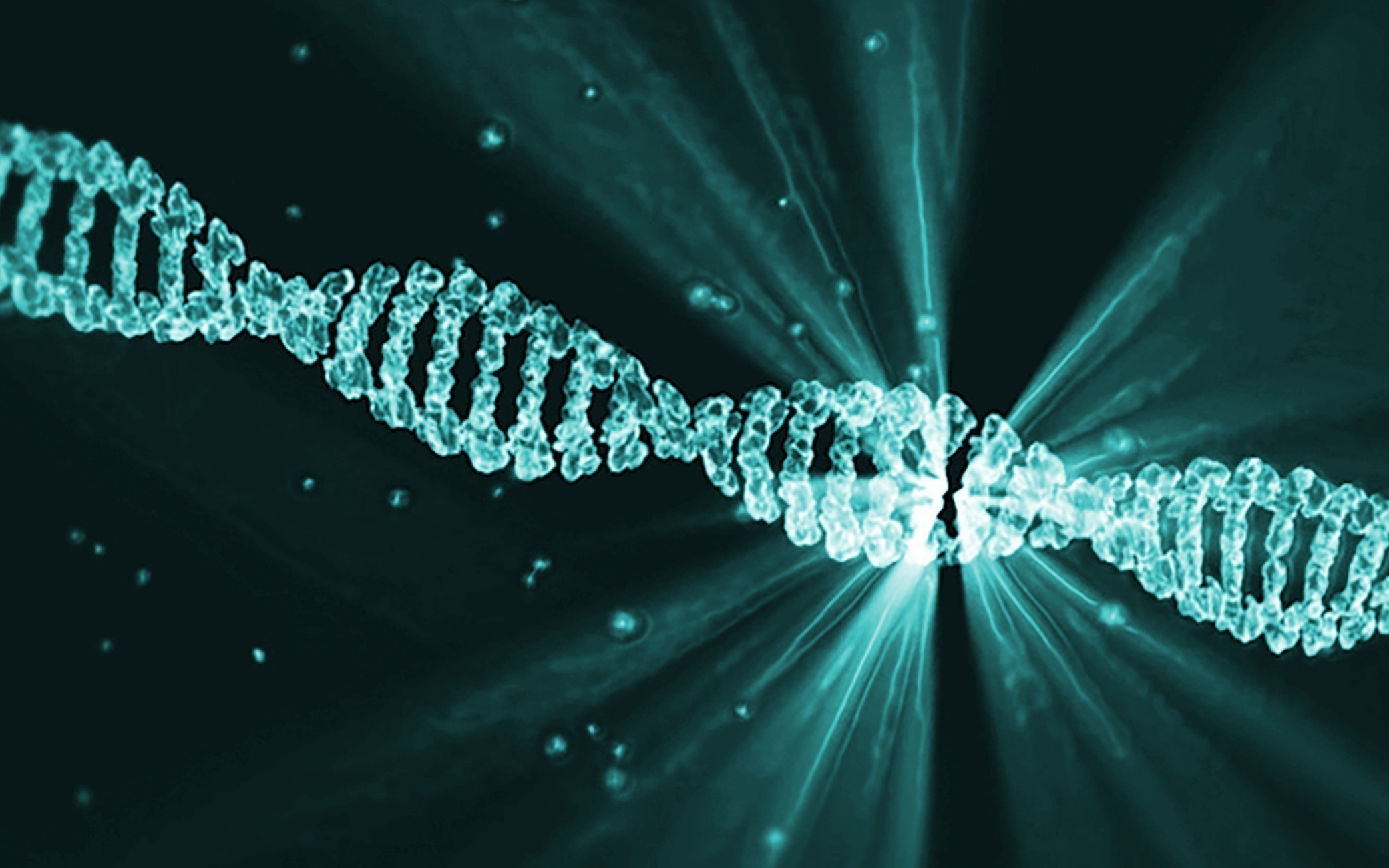
Scientists have found brain ‘switches’ that can force mice to hibernate on demand.
This is a breakthrough discovery and could be the first step in identifying how to put humans in a similar state.
The state, known as torpor, is a condition in which there is very little physiological activity in the body resulting in a reduced metabolic rate and body temperature.
This condition forces the body to conserve energy for the future, i.e: winter when food is scarce.
Scientists have known for a long time that the brain is heavily involved in the hibernation process, however, these new reports provide more information on the topic and help understand the neurons that air the process.
Why is this useful?
The ability to naturally slow down metabolism and reduce energy use on demand can be very useful for health applications.
Being able to go in a hibernation-like state can help humans fight conditions that may otherwise lead to death or severe damage.
It’s believed that it can also make space travel safer. It can be very difficult for the human body to handle the pressure of long travel. Being able to move in a suspended state will reduce the risk and increase the chances of success.
More about the research
Mice are known to hibernate. They typically go into a sleep-like state if they do not get access to food for more than 24 hours. The purpose is to conserve energy so they can go longer.
Scientists studied Q neurons, in the first research, to understand the phenomenon.
Found in the hypothalamus, these quiescence-inducing neurons express a special neurotransmitter known as pyroglutamylated RF-amide peptide (QRFP).
The research revealed that these neurons trigger a hibernation-like state in mice when stimulated for more than 48 hours, i.e: longer than the animal’s natural torpor cycle.
Their metabolism and body temperature reduced while they stayed in the sleep-like state, however, they all recovered and showed no signs of illnesses or negative effects.
Scientists were able to identify a huge network of neurons that play an important role during the process. They used this information to demonstrate how these neurons could be manipulated.
Another study identified and tagged the neurons that play an important role during the process. These neurons help the animal go into hibernation and wake up from the on-demand sleep.
Researchers found a connection between the largest subset of these neurons and the expression of the pituitary adenylate cyclase-activating polypeptide (PACAP), a protein that plays an important role during the process.
The research showed that stimulating these triggers torpor and blocking them disrupted the animal’s regular torpor cycle.
There are slight differences between the results the two reports found especially since they both identified different groups of neurons – QRFP and PACAP.
“Both of [the teams] come at it from a different angle and almost end up in the same place, so they complement each other in that way, which is pretty nice,” said Steven Swoap, a biologist from Williams College, who wasn’t a part of the research team.
When will be able to put humans in a sleep-like state?
Scientists are hopeful but it’s hard to tell exactly. We must remember that these findings are not linked to humans.
We’re not yet sure if humans have the ability to hibernate. More research is needed to reach a conclusion.
